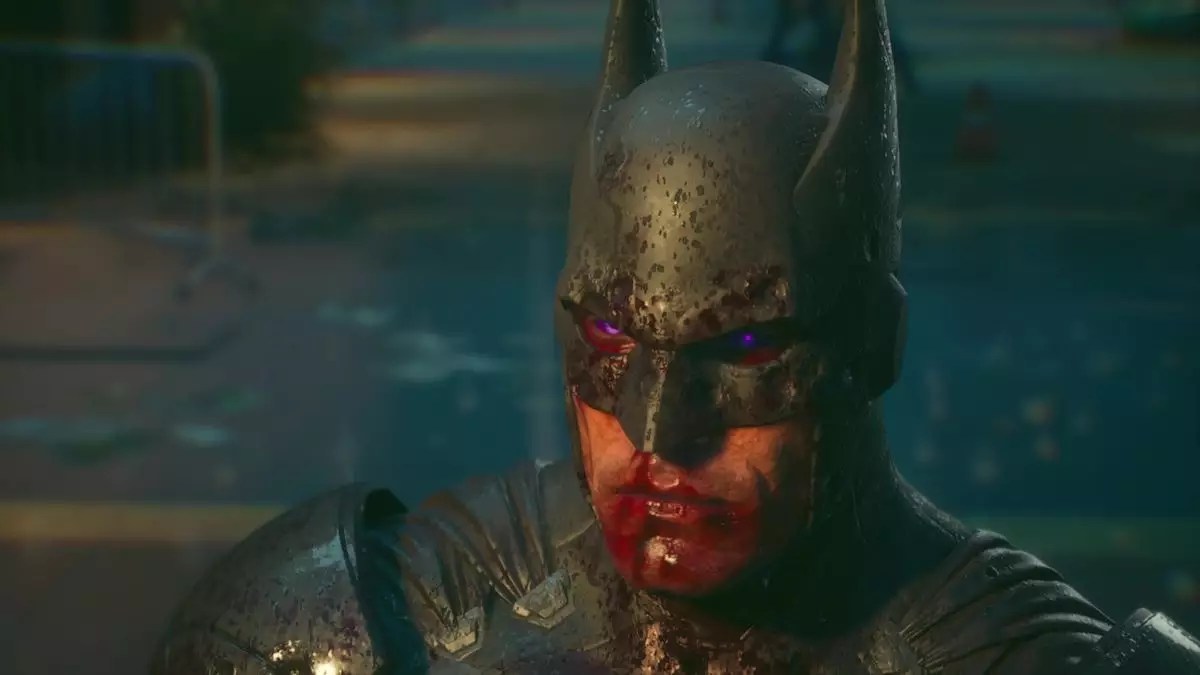Suicide Squad: Kill the Justice League has undeniably been a contentious entry in the realm of video gaming, failing to attract either critical acclaim or fan support upon its release. This article aims to dissect the trajectory of this game, particularly emphasizing its abrupt and unsatisfying conclusion, which encapsulated many of the issues plaguing the overall experience. By evaluating the game’s mechanics, narrative decisions, and the comic-strip ending, we can garner insights into why this title has been branded as an unfortunate misstep in the canon of DC video games.
The Initial Reception: A Mixed Bag
Upon launch, the response to Suicide Squad: Kill the Justice League was lukewarm at best. Critics highlighted a myriad of deficiencies in gameplay design, noting that players were subjected to repetitive mission structures compounded by convoluted combat systems. The ambition to establish a cooperative live service structure was critiqued as being detrimental, diverting attention from a potentially rich narrative to a focus on grinding mechanics and number accumulation. This turned many gamers off, particularly those who sought immersive storytelling in their gaming experiences, rather than the transactional nature often associated with loot-based titles.
One of the more audacious narrative decisions made in the game was the shockingly brutal fate of Batman, a move that initially promised to add dramatic weight to the plot. However, this bold choice was rendered meaningless due to the subsequent revelation in the comic strip ending. The notion that Batman’s death was merely the demise of a clone undermines the supposed stakes of the narrative, forcing players to question the effectiveness of character arcs and emotional investment throughout the gameplay. Combined with existing comic book tropes that often resurrect characters in unoriginal ways, this twist has been labeled painfully cliché, diminishing the impact of the entire gaming experience.
The game’s ending has sparked considerable critique, particularly regarding its artistic presentation. Instead of a climactic finale rendered in 3D, game developers opted for a two-minute comic strip. For a title that sought to build an imposing world populated by iconic heroes and villains, such a conclusion feels utterly anticlimactic. A vibrant, thoroughly styled cutscene would have provided the game with the grandeur its story seemingly aimed to convey. Instead, the choice to conclude with comic panels feels less like a homage to the source material and more like a convenient way to wrap up a complex plot devoid of depth.
With the dust settling on Suicide Squad: Kill the Justice League, it’s clear that this title has left a sour taste in the mouths of many. It has drawn comparisons with other works within the genre, particularly noting its failure to resonate like Rocksteady’s acclaimed Batman: Arkham series. For those players who had invested in the narrative, the lack of continuity and closure renders the entire affair meaningless, leading to the solidification of its reputation as one of the weakest offerings in the franchise.
The decline in active players post-launch—from an initial peak of over 13,000 to a mere 505—eloquently highlights the disconnect between the game and its audience. Some may consider it an exciting experiment in innovation, while others might deem it as inadequately executed. Ultimately, what remains apparent is that the experience left many feeling cheated, especially those who stood by the game’s ambitious premise right up until its disheartening conclusion. The opportunity presented by Suicide Squad: Kill the Justice League was substantial, yet the execution failed to match player expectations, thus sealing its fate as a fleeting yet critical lesson in video game storytelling.


Leave a Reply